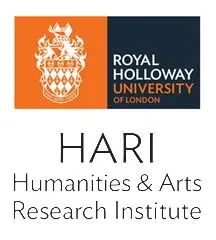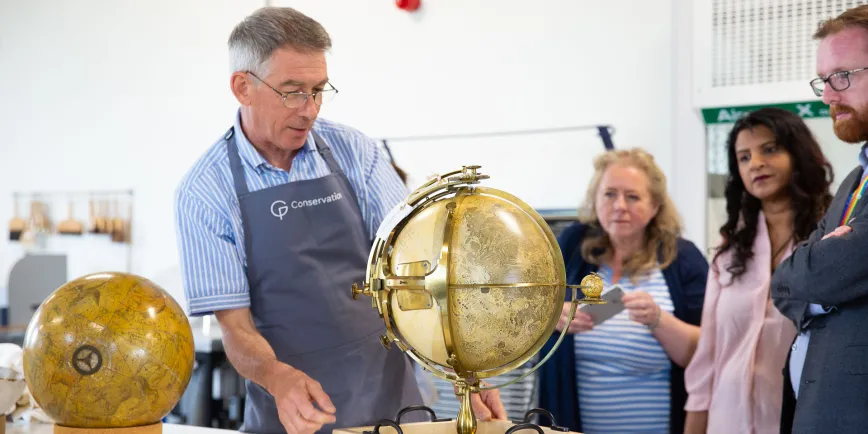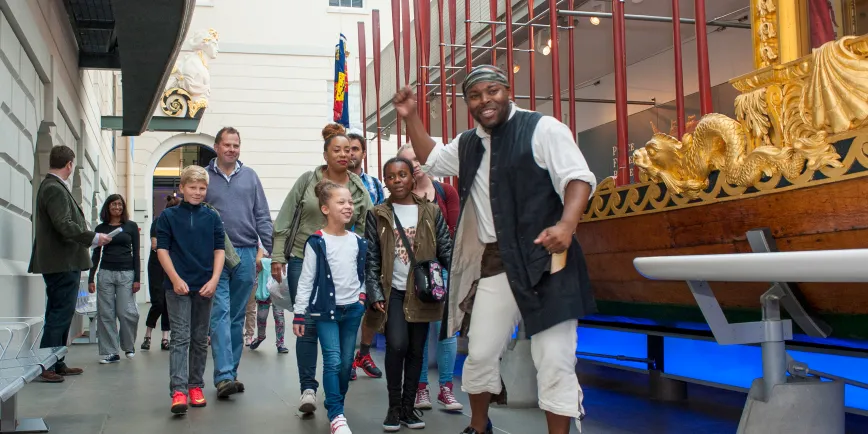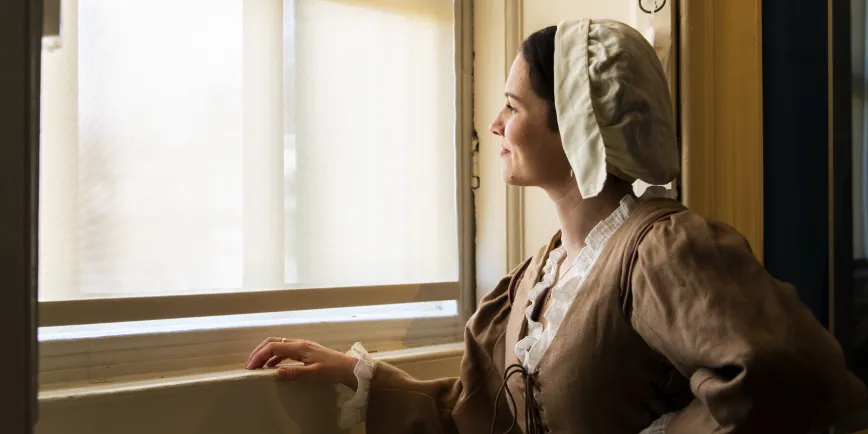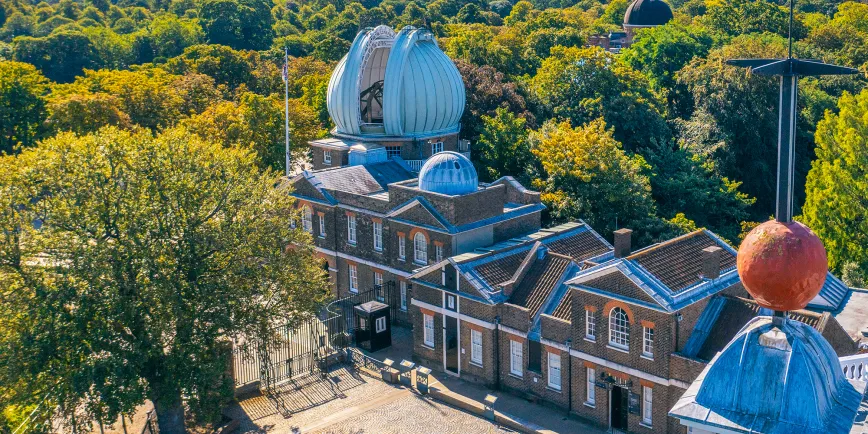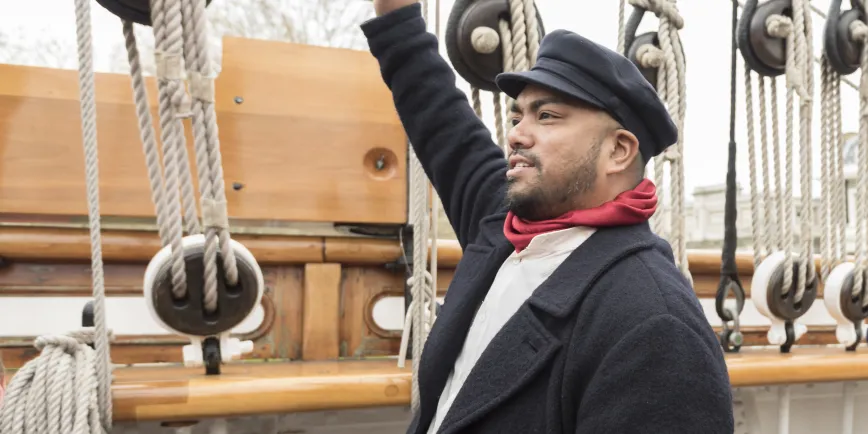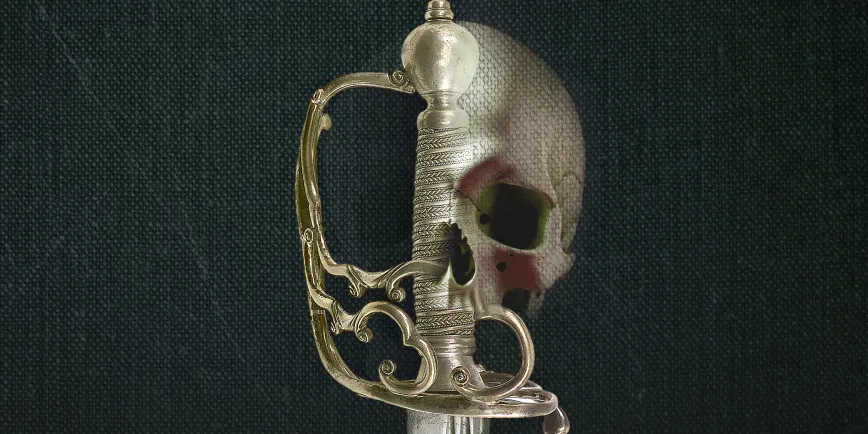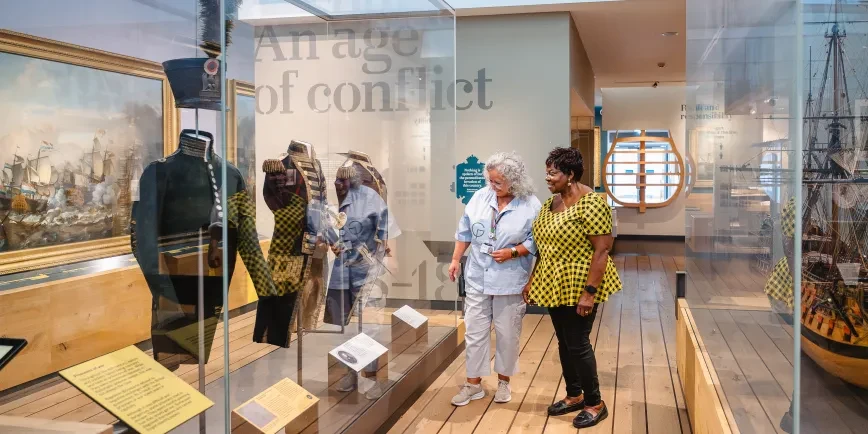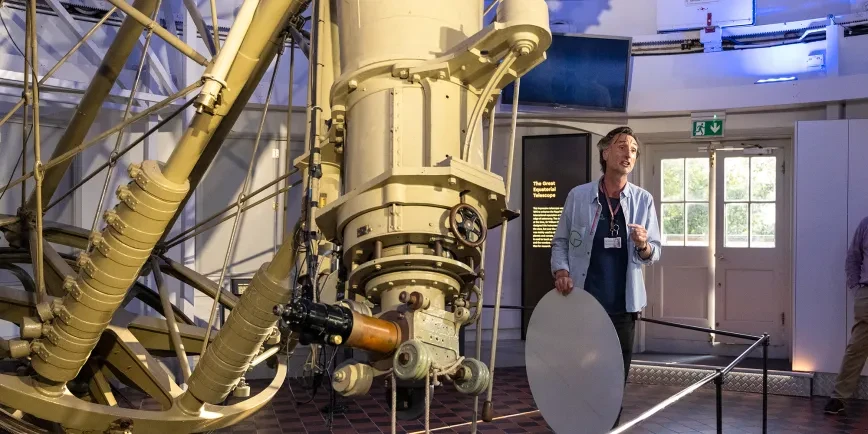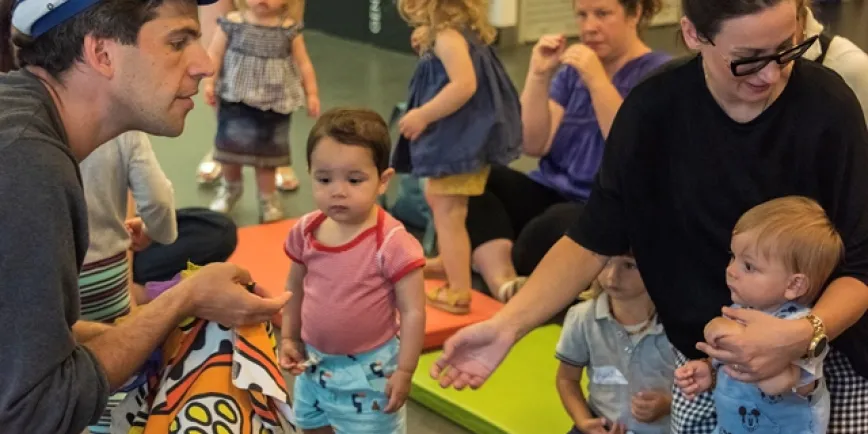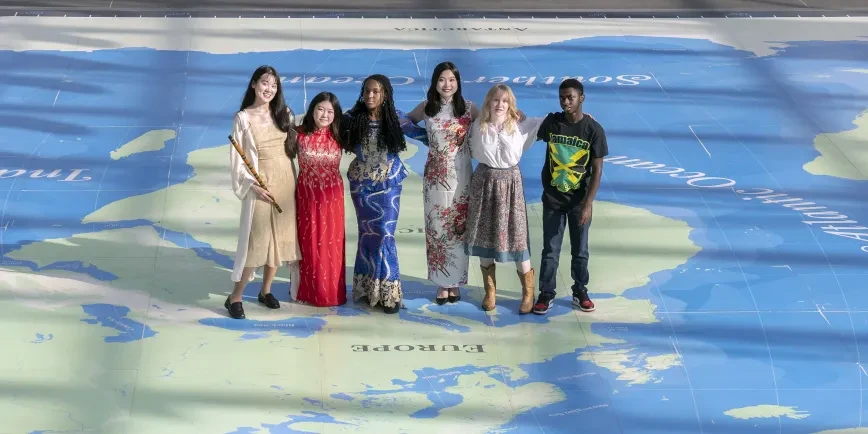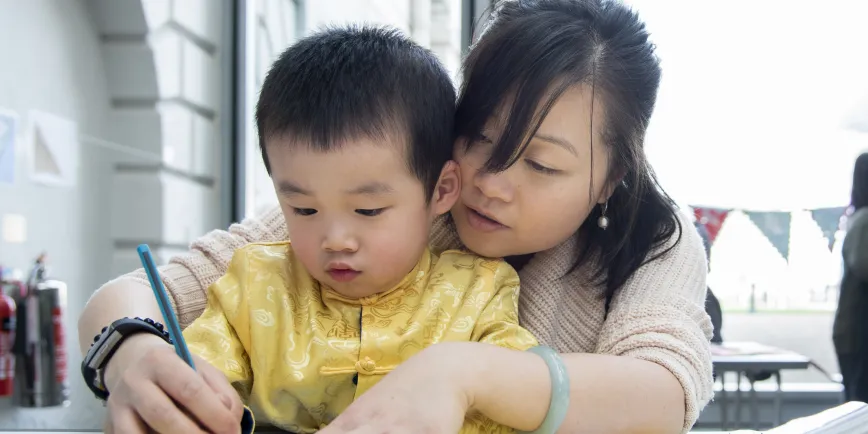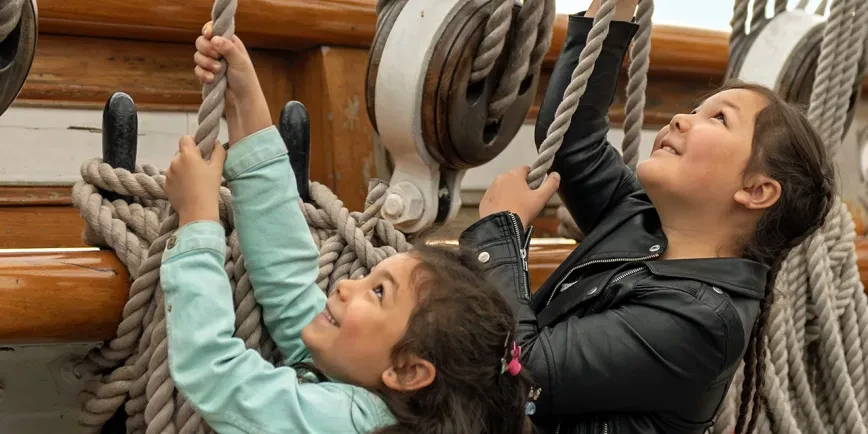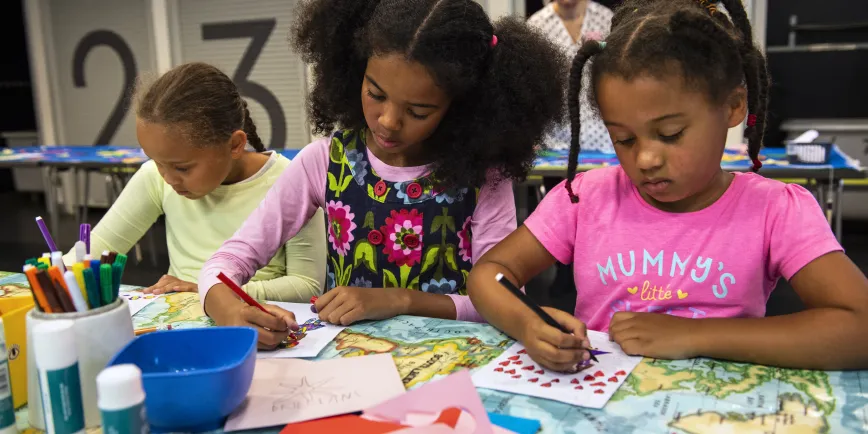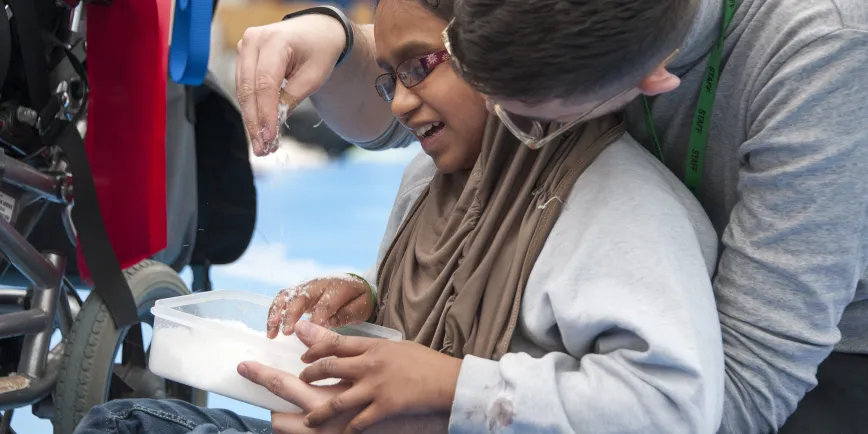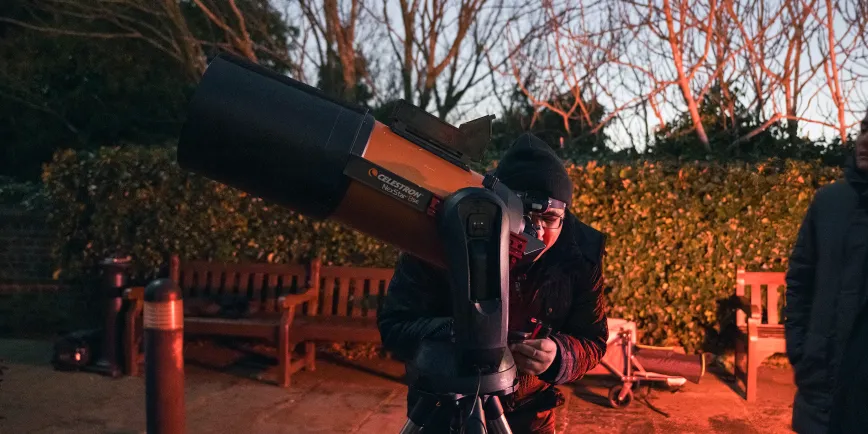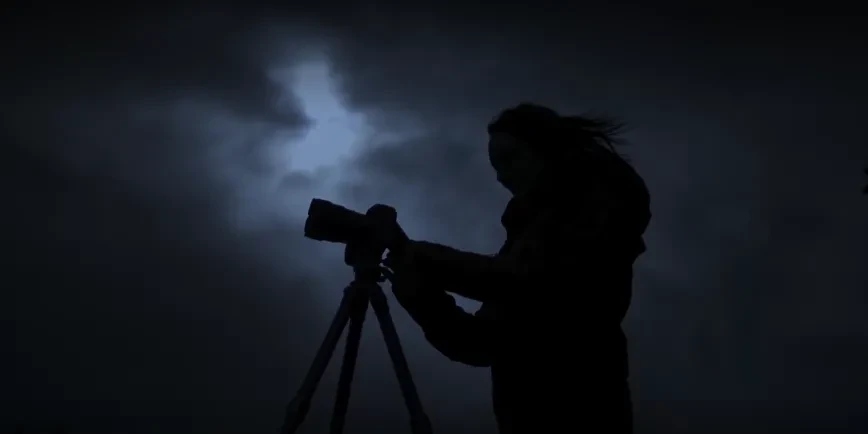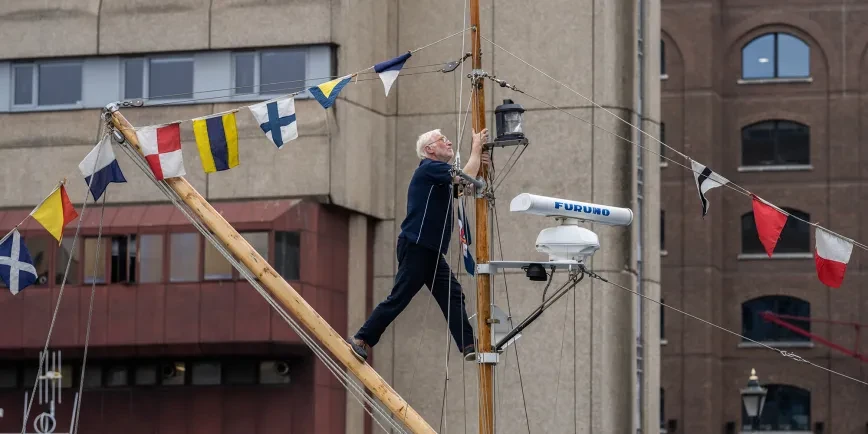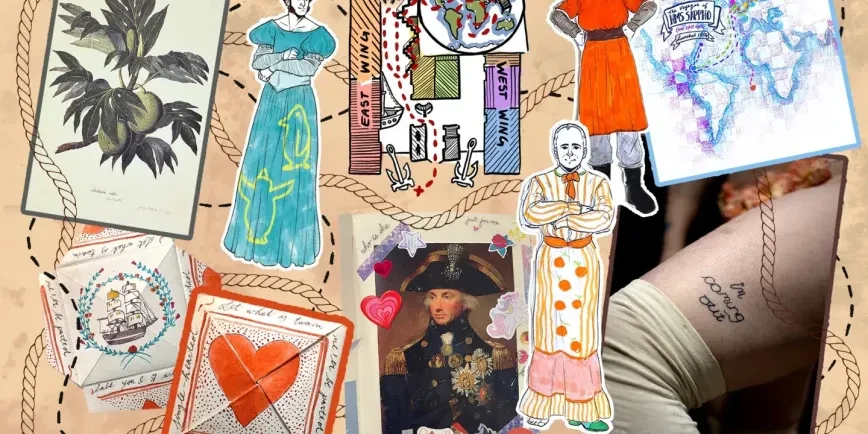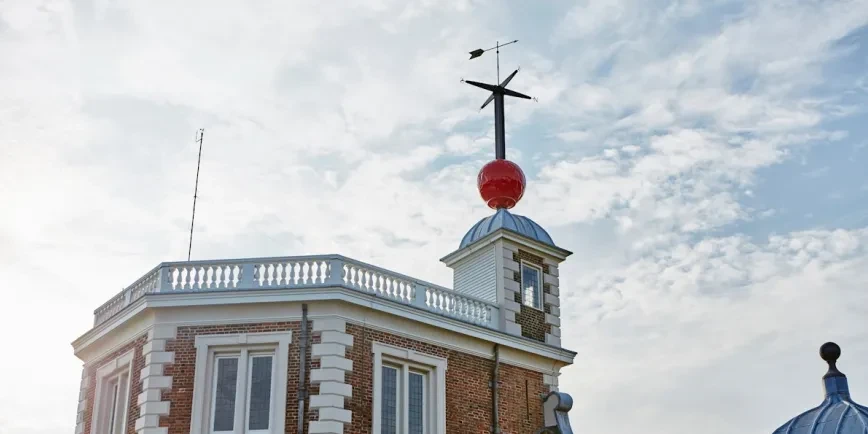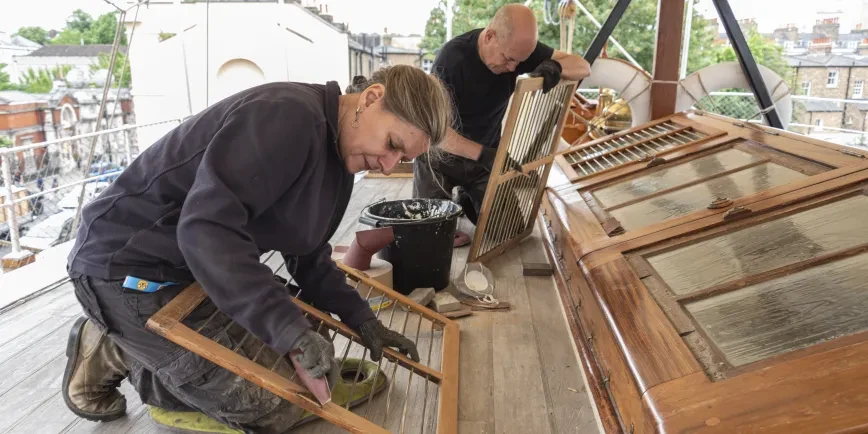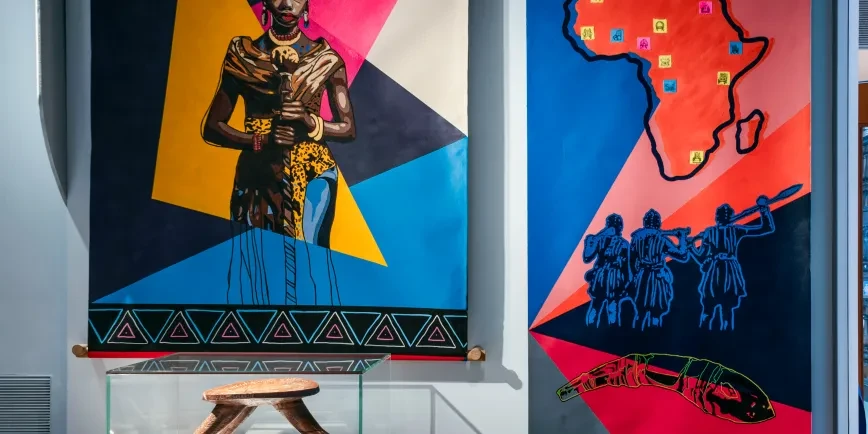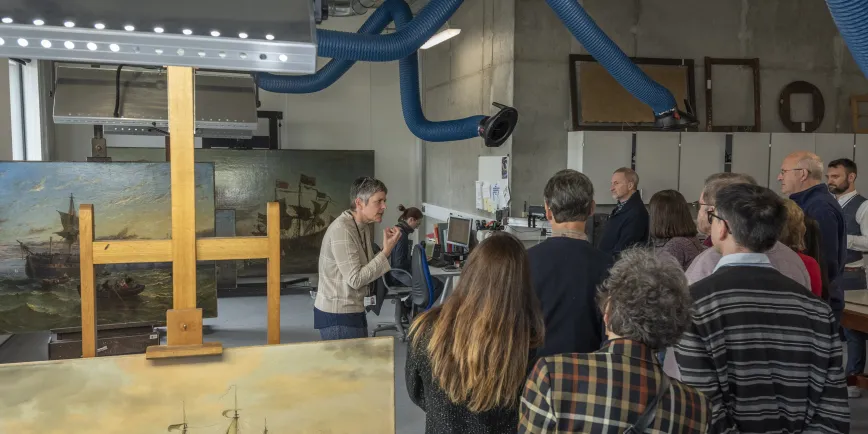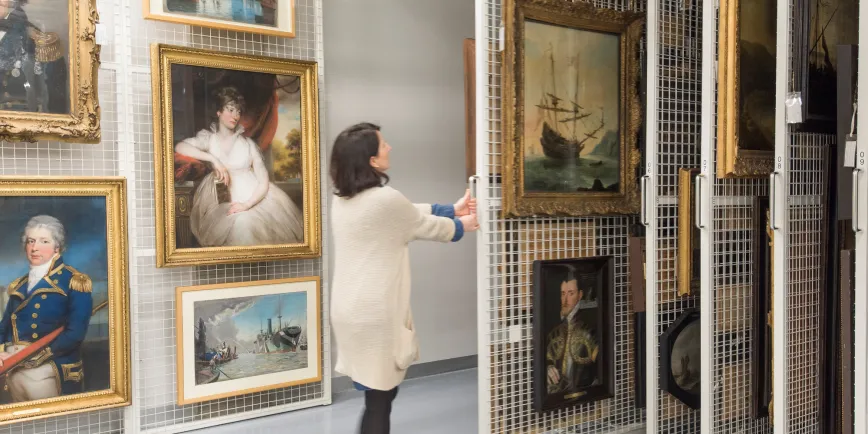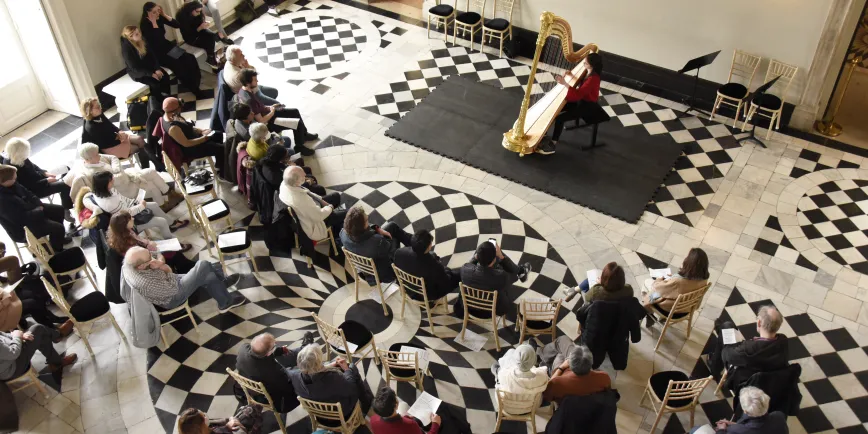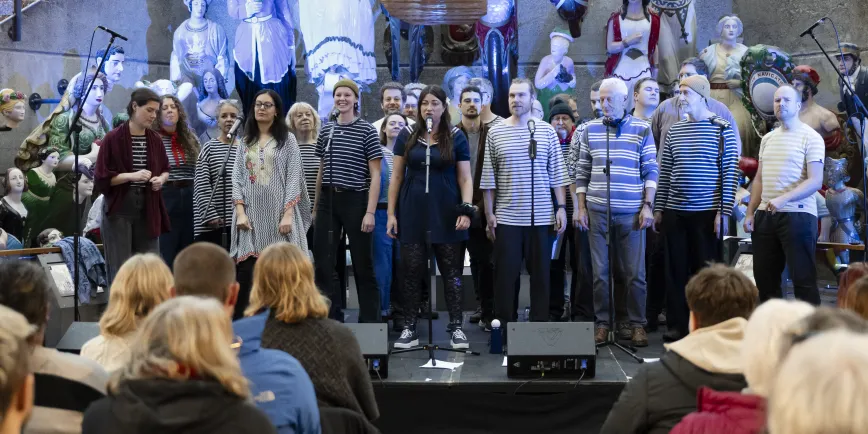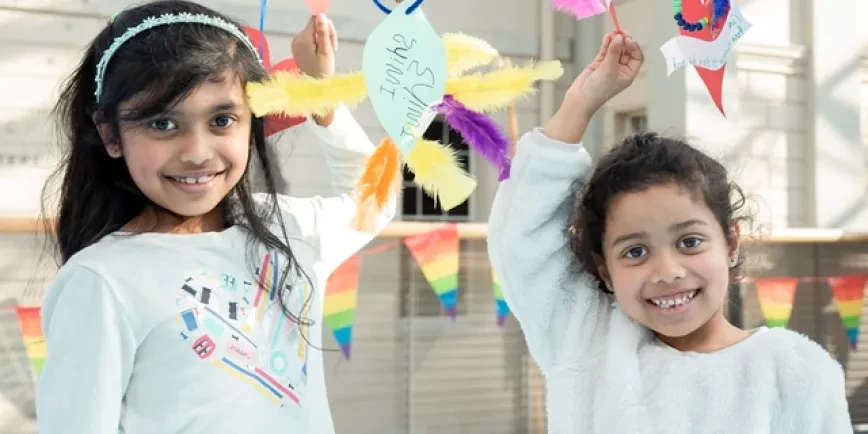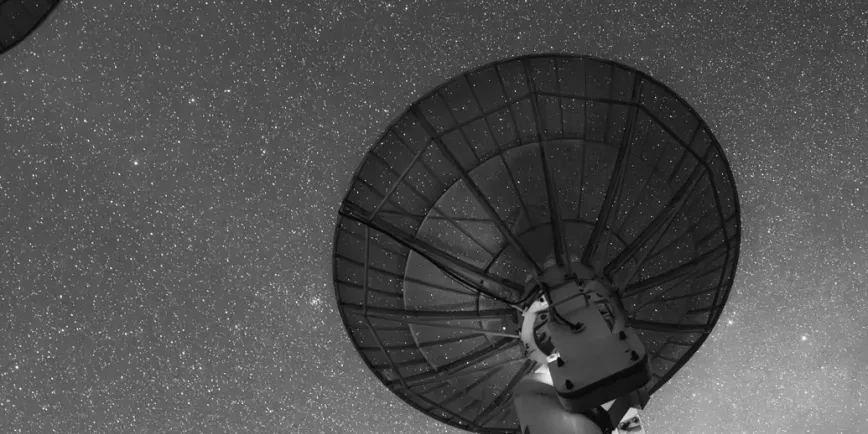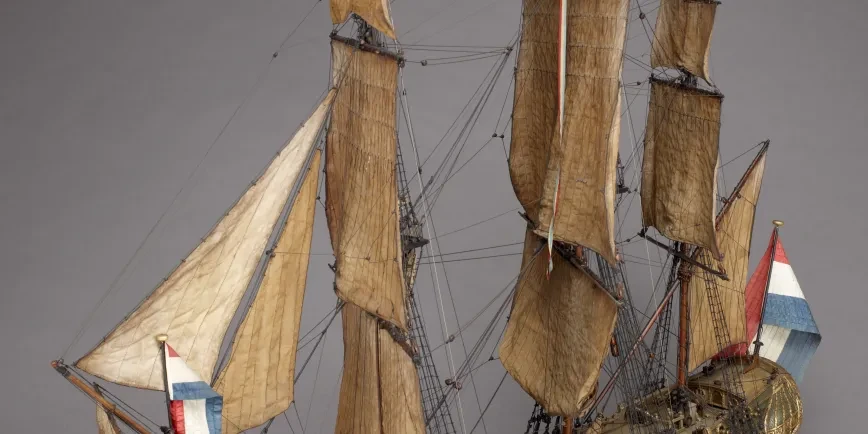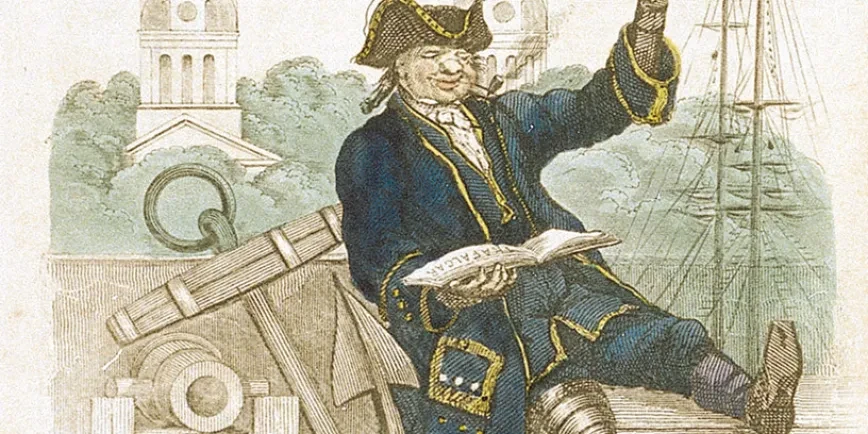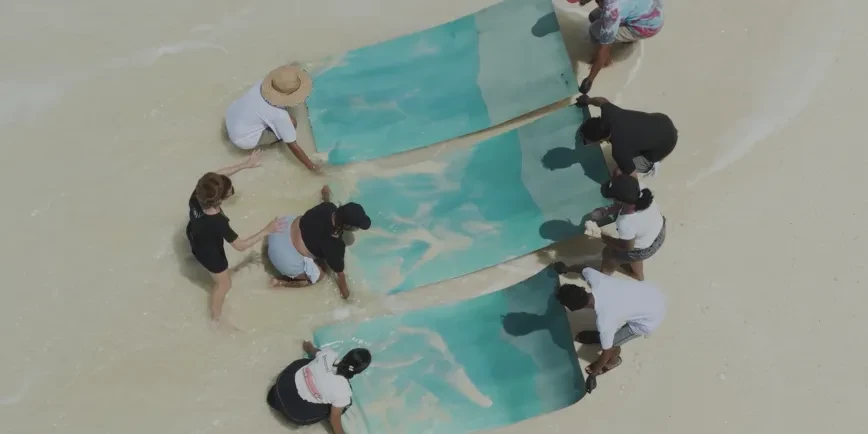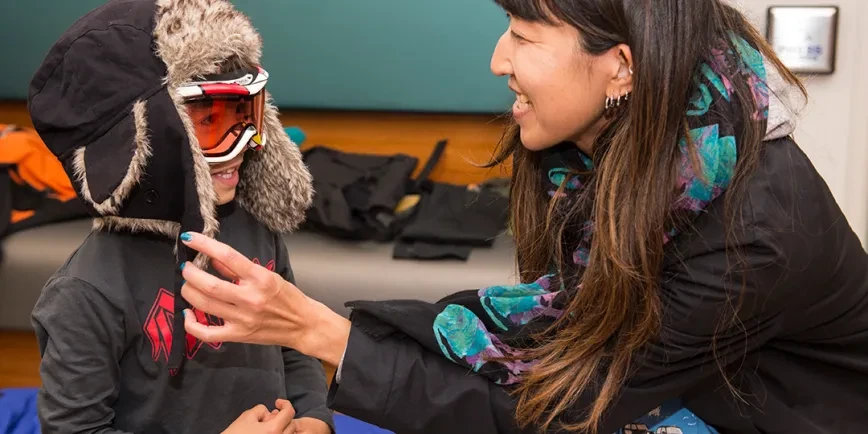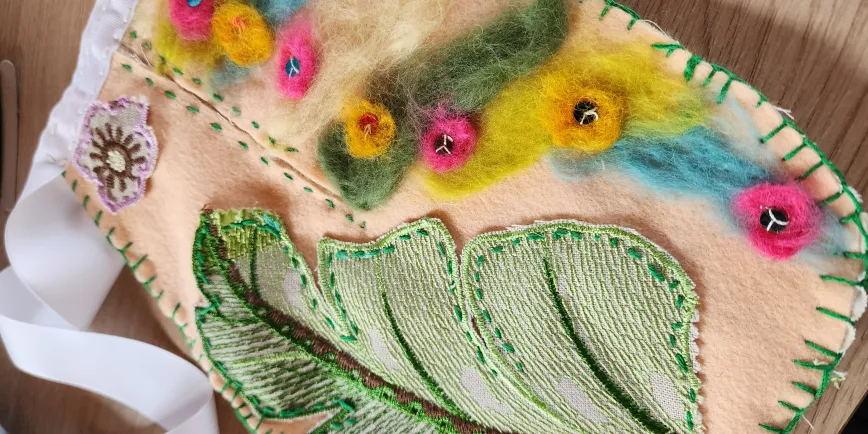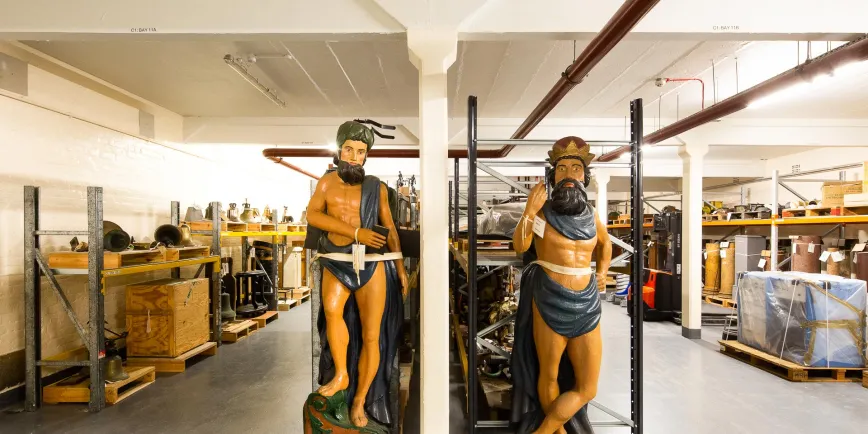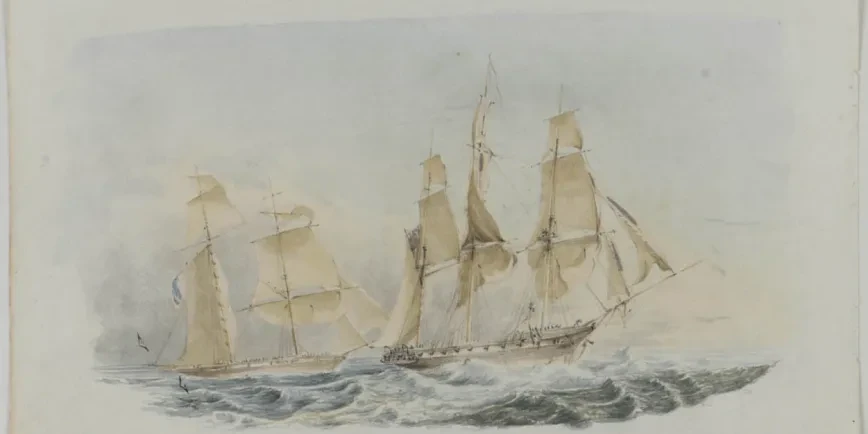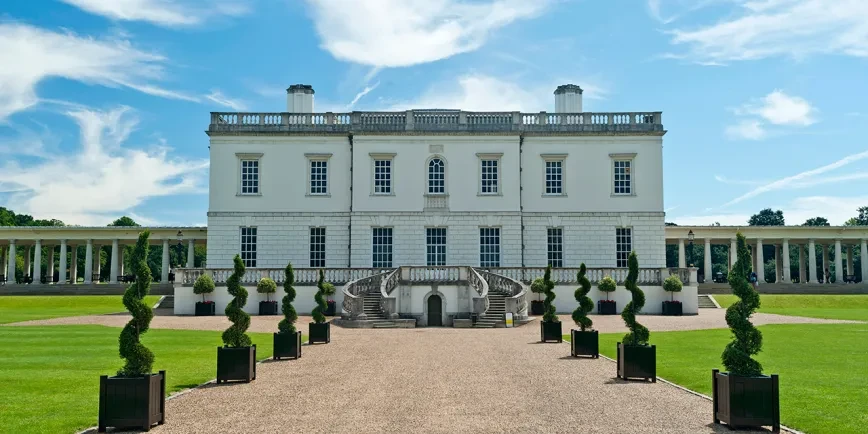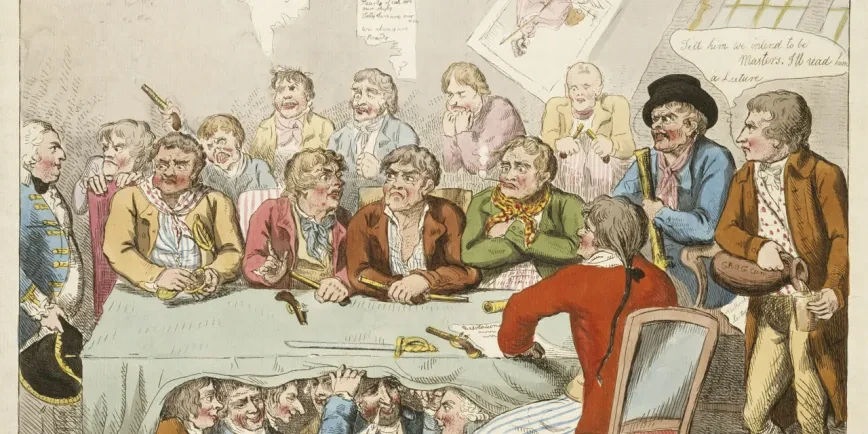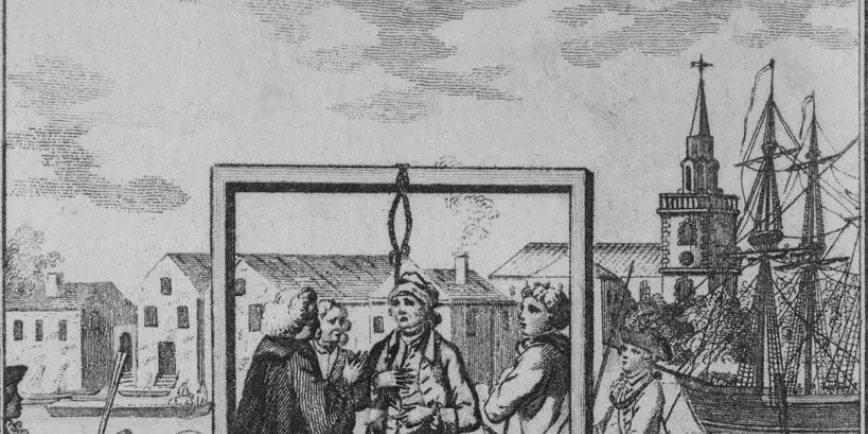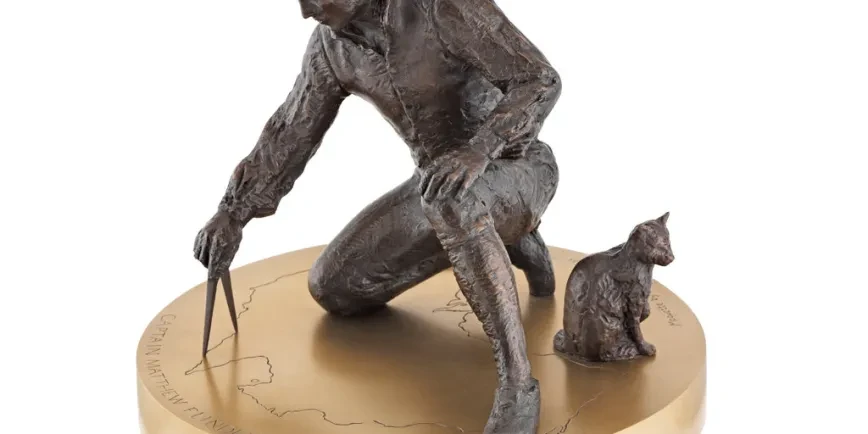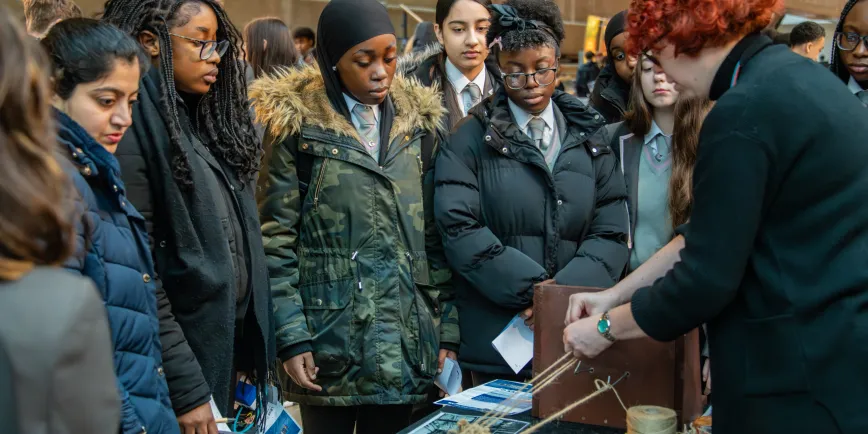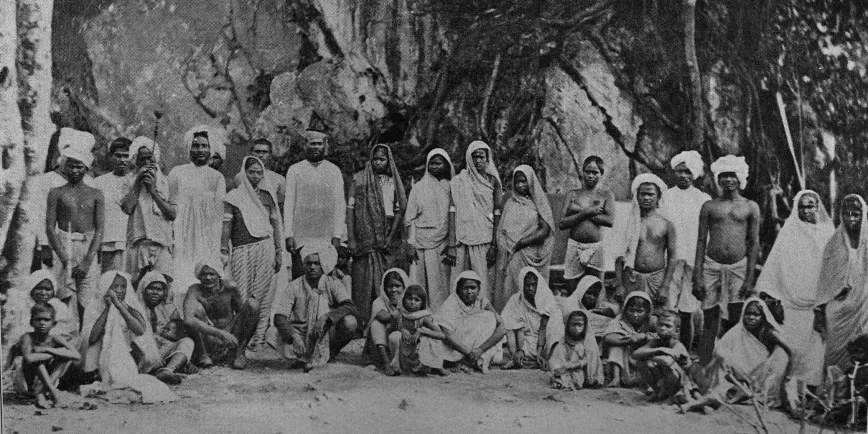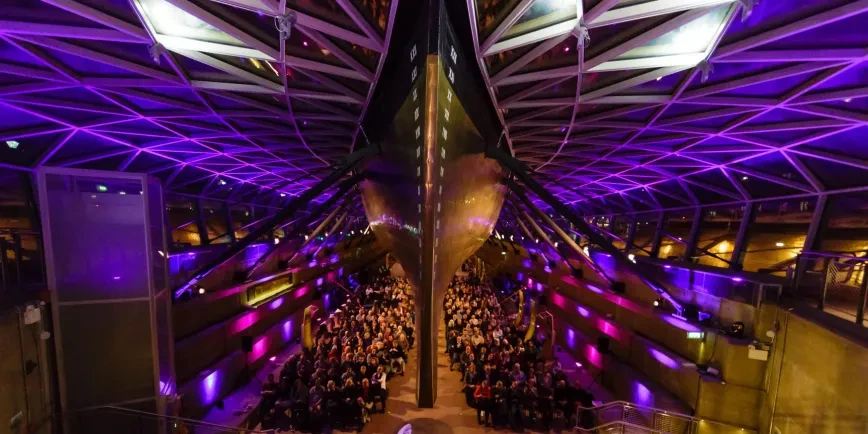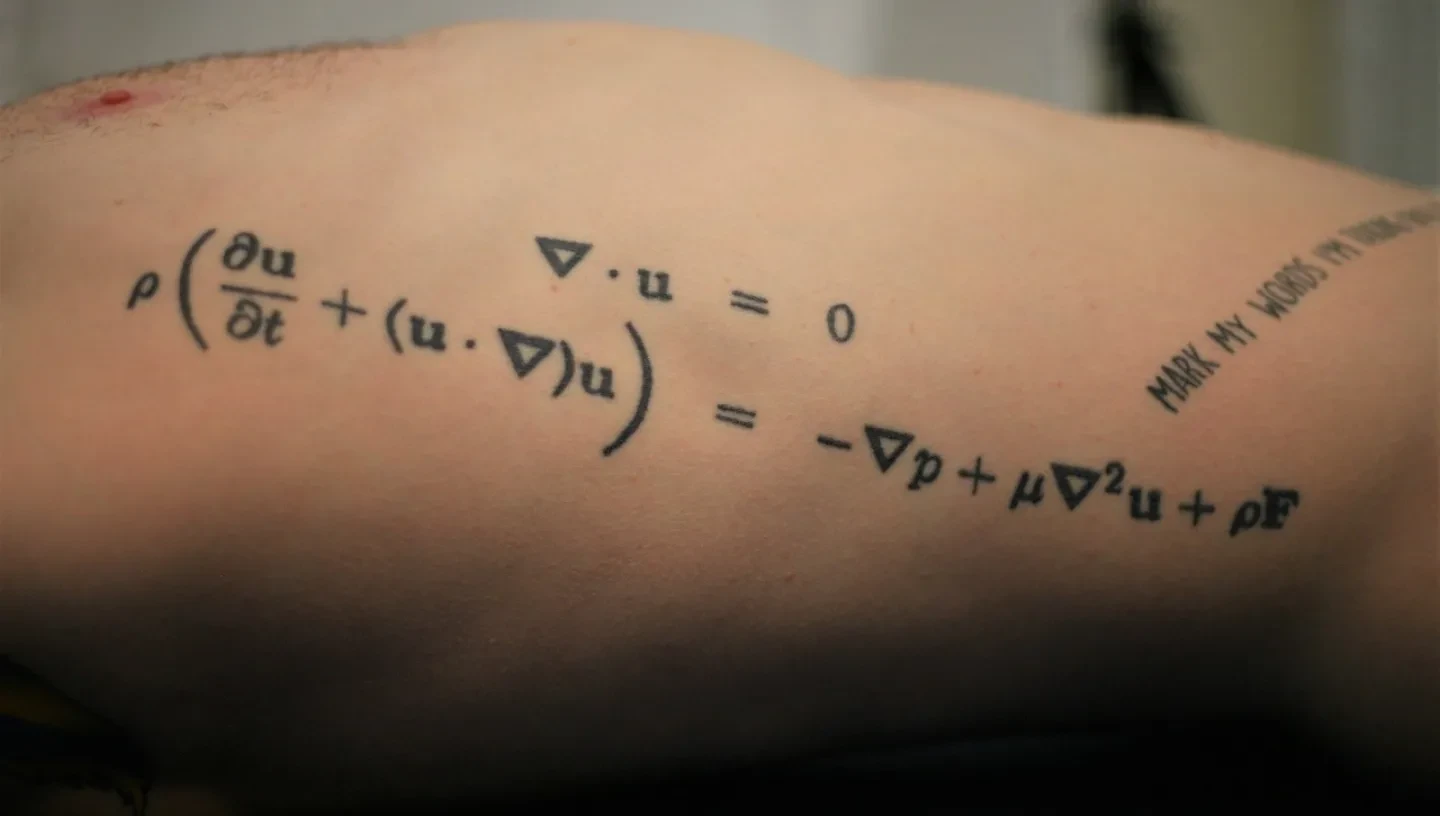
Essential Information
| Type | Conferences |
|---|---|
| Location | |
| Date and Times | Friday 12th May | 9:30am - 16:30pm |
| Prices | Free, Booking Required |
Details
***Update: due to the rail strike, the conference programme has undergone various changes and for technical reasons, the livestream will be finishing earlier than planned in the afternoon. Please feel free to dial in later to the evening session with the link here: visit https://www.rmg.co.uk/whats-on/lecture-theatre/inked-drawn-cultural-enc…; ****
'Inked Up, Marked Out' is a symposium devoted to facilitating a vibrant, inclusive and interdisciplinary discussion around tattooing. This one-day symposium is focused on bringing together academic researchers and other interested parties working on, or researching in, the area of tattoos, tattooing practice, tattooed communities and tattoos/wellbeing. It will offer insights on using tattooing as a means of exploring the themes of identity and self-expression through the use of mark making on the body.
Tickets
The event is suitable to anyone with an academic interest in tattooing. Tickets are free, but places need to be reserved. Once you have reserved your place, we will be in touch by email with further details of the day.
For those who are unable to attend in person the symposium will be available to watch via webcast. The link to join will go live at 10:00am on 12th May and can be found below:
Link to the Livestream
Programme
9:30am
Registration
10:00am - 10:45am
Key note speaker: Matt Lodder ‘"A Medium, not a Phenomenon": Further thoughts on Methodological Approaches to Tattoo History’.
In 2022, Matt's essay “‘A Medium, Not a Phenomenon: An Argument for an Art-Historical Approach to Western Tattooing” was published in James Martell and Erik Larsen’s book Tattooed Bodies. This talk will summarise the arguments of that chapter, which lays out both a broad critique of what he considers to be the flaws and limits of much modern and historic tattoo scholarship, as well as an outline sketch of a methodological approach which he think can mitigate them. He will argue that much tattoo scholarship is worryingly untethered from historical research, and that it tends to reduce tattooing to its phenomenal features in a way that has led to innumerable and persistent errors in the literature. In addition, he will go beyond that chapter to present more recent reflections on the methodological state of tattoo scholarship more broadly, drawing upon research for his recent book Painted People.
10:45am – 11:45am
Tia Price ‘Tattoos as Identity Construction within True Crime Dark Fandom’. Tia’s paper uses three case studies to explore the ethically complex phenomenon of true crime dark fandom.
Lucy Snelson ‘The Female Tattooed Body in the Caring Professions’. Lucy’s paper considers the ways in which tattooing can be considered as a creative “working through”, distinct from an aggressive “acting out”.
Katie Tonkiss ‘Two Little Hearts on my Wrist: Dialogues on Tattooing, Infertility, and Potentially Good Mothers’. Kate’s paper explores the role of tattooing practices in how women with experience of infertility navigate the pronatalist ‘motherhood mandate’ which dictates their value in relation to successful childbearing.
11:45am – 12:00pm
Break
12:00pm – 1:15pm (Online papers)
Swati Jaywant Rao Bute ‘Semiotic representation is inextricably linked to both ancient tribal times and modern Indian culture’. Swati’s study will be a semiotic analysis of tattooing as an art form and will discuss the historical significance of tattooing in the tribal communities of Madhya Pradesh, India.
Kabiru Babatunde Amusa ‘Body Tattoo and Spatial Identification in Oyo: Prospects and Limitations’. Kabiru’s study expands the scholarship on the tradition of spatial identification among the Yoruba – the most prominent ethnic nationality in southwestern Nigeria.
Jenn Todaro ’Variation and Signification in the Meroititic Tattoos of Aksha’. This study explores the variation and signification of ancient Nubian tattoo motifs from the Meroitic cemetery at Aksha.
Sarah Gamble ‘‘A Vampire and a Nasty Cat’: Recovering the Story of Jessie Knight’. Sarah’s paper will explore the life and career of Jessie Knight, often termed ‘Britain’s first female tattoo artist’ and argue that she is a significant figure in British tattooing history, and influential in the development of tattooing as a widespread cultural phenomenon.
1:15pm – 2.00pm
Lunch
2.00pm - 3.00pm
Key Note Speaker: Tom Crawford ‘Tattooed Academics’. Tom will be speaking about his experiences as a tattooed academic and introducing the ‘Tattooed Academics’ photographic projects and giving a presentation..
(TBC) Te Rangitu Netana
3.00pm - 5.00pm - Between these times delegates will be able to choose from tours, poster displays and talks. The timings of the below talks will be included on the programmes handed out on the day.
Lecture Theatre
Melanie Stockton-Brown ‘AI-created Tattoo Designs’. Melanie’s video presentation depicts the process of using an AI tool to design a tattoo for herself, taking it to a tattoo artist and understanding their views on tattooing this design/ using it as a reference, and then of being tattooed with the design, revealing much about how the intellectual property law/issues of ownership intersect with tattooing.
Richard Sawdon Smith ‘Tattoo Virus: The Anatomical Man, AIDS, and Photographic Representation’. Richard’s artist talk presents various bodies of his own autoethnographic/autobiographical visual work under the theme/persona of The Anatomical Man (2009-2018), which explores the AIDS body as a site of contest where the skin has been tattooed (a process that draws blood) with medical illustrations depicting veins and arteries, simultaneously collapsing the internal and external together on the surface of the skin.
Christopher McHugh ‘Exploring Tattooing and Commemorative Practices Amongst Soldiers and Veterans’. Research with British soldiers and veterans shows that tattoos play a role in expressions of group and individual identity, often being used to mark rites of passage or express messages of friendship, love and affection.
Charlie Gregson ‘Reframing Convict Tattoo Collections: the Comic as Alternative Archive’. Tattoos can be considered as deeply personal archives. Historically, they have been used for state surveillance, with drawing, descriptions and photographs often taken without consent to monitor prisoners during and after their sentences. This paper considers the potential of the comic as an alternative starting point for tattoo archives by examining the tattoo as a central theme throughout Paco: Les Mains Rouges, a beautiful series of sepia-toned, graphic novels set in French Guiana penal colonies.
Charlotte Creux ‘Geographical Meanings and Tattoos: Spatial Identities on Tattooed Skins’. This talk explores what it means to “be tattooed” and how across discourses produced from their tattoo, it is possible to reflect on the spatial relations, but also social, that tattooed people operate with the places where the tattoo was made, but also with the places that the tattoo can evoke.
Exhibition Space - Poster Displays
Sarah Weston ‘Swallows and Anchors - Royal Navy men and their bodies as an archive of self-expression’. Tattooing has a long and abiding association with seamen. Having undertaken a comprehensive study of the entire crew of HMS Invincible, Sarah has recorded the tattoos of each and every sailor and, in doing so, has uncovered a world of complex and unexpected imagery. Her poster will outline these discoveries, the strange and unusual images seamen chose to inscribe on their bodies and the social networks and ideas of the self that they express.
Julia P. Amigo 'Tattooing in post-Franco Spain'. The late appearance of body modification practices in the 1980s in the Spanish context needs to be articulated with the repressive political context during Francoism (1939-1975) in mind. In this poster, I will present some results arising from my ethnographic research into Spanish tattoo culture. The narratives presented problematise standard conceptions of contemporary western tattooing, particularly as the specific contours of Spanish tattoo history do not fit neatly into conventional historiographies. More broadly, from this qualitative feminist approach to the Spanish context, this poster will demonstrate the more generally-applicable claim that tattooing must be analysed with particular sensitivity to the socio-political, historical and artistic environment in which it takes place.
Amy O'Keeffe ‘Tramp Stamp: The Gendered Reception of Tattooed Women in the Archaeological Record’. This poster addresses the lingering attitude towards viewing tattooed bodies based upon the gender, race, and presumed class of the tattooed individual and looks at how we can view and represent tattooed bodies from antiquity more evenly.
5:00pm - 5:20pm
Closing remarks
Maria MacLennan
Reflecting upon her own experiences working across policing, government, and academia; Maria will discuss how being a heavily tattooed, (relatively!) young woman has both helped and hindered her progress in becoming the world’s first ‘Forensic Jeweller’.
She will discuss some of own research into how the decoration and adornment of the body can be used to help communicate and interpret identity – both willingly and unwillingly – in the scientific process of forensic human identification: from tattoos and piercings to accessories and modifications.
The symposium will be followed by a public talk and reception beginning at 6:00pm. For more information, and details of how to book this session, please visit https://www.rmg.co.uk/whats-on/lecture-theatre/inked-drawn-cultural-enc…;
This event is supported by Royal Holloway, University of London: Humanities & Arts Research Institute
